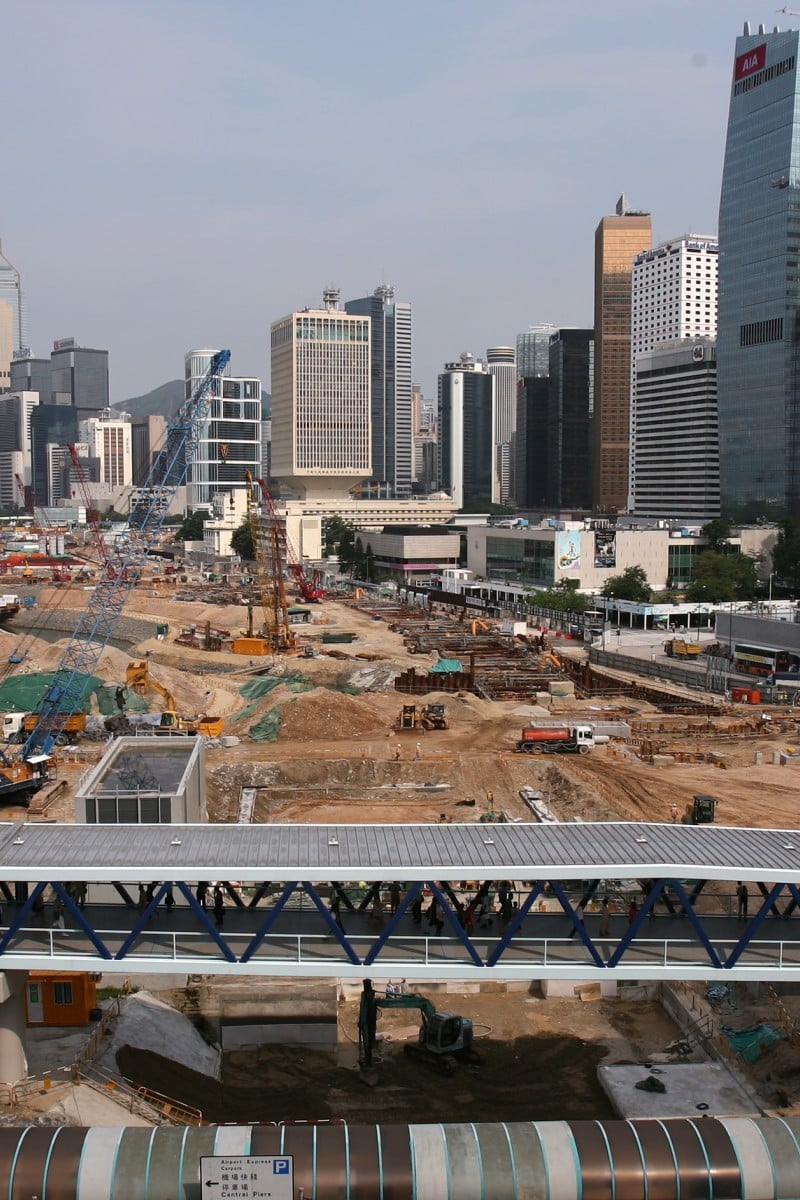
Are the benefits of land reclamation worth the environmental impact they cause?
Published:
Iris Duong
Listen to this article
We’ve often looked to land reclamation as a way of making our city even more economically successful than it is right now – but at what cost?
Iris Duong |
Published:
Sign up for the YP Teachers Newsletter
Get updates for teachers sent directly to your inbox
By registering, you agree to our T&C and Privacy Policy
Sign up for YP Weekly
Get updates sent directly to your inbox
By registering, you agree to our T&C and Privacy Policy